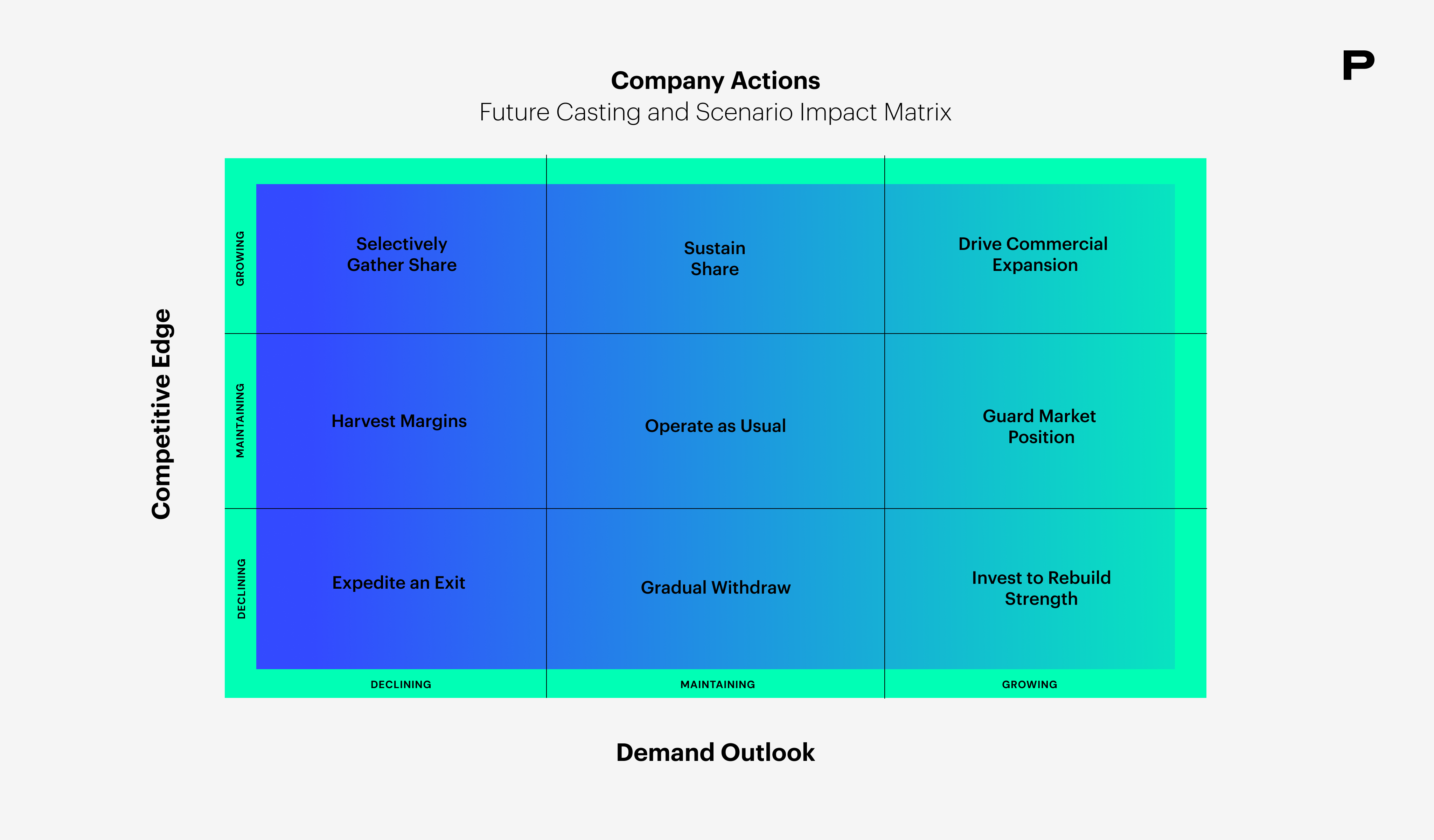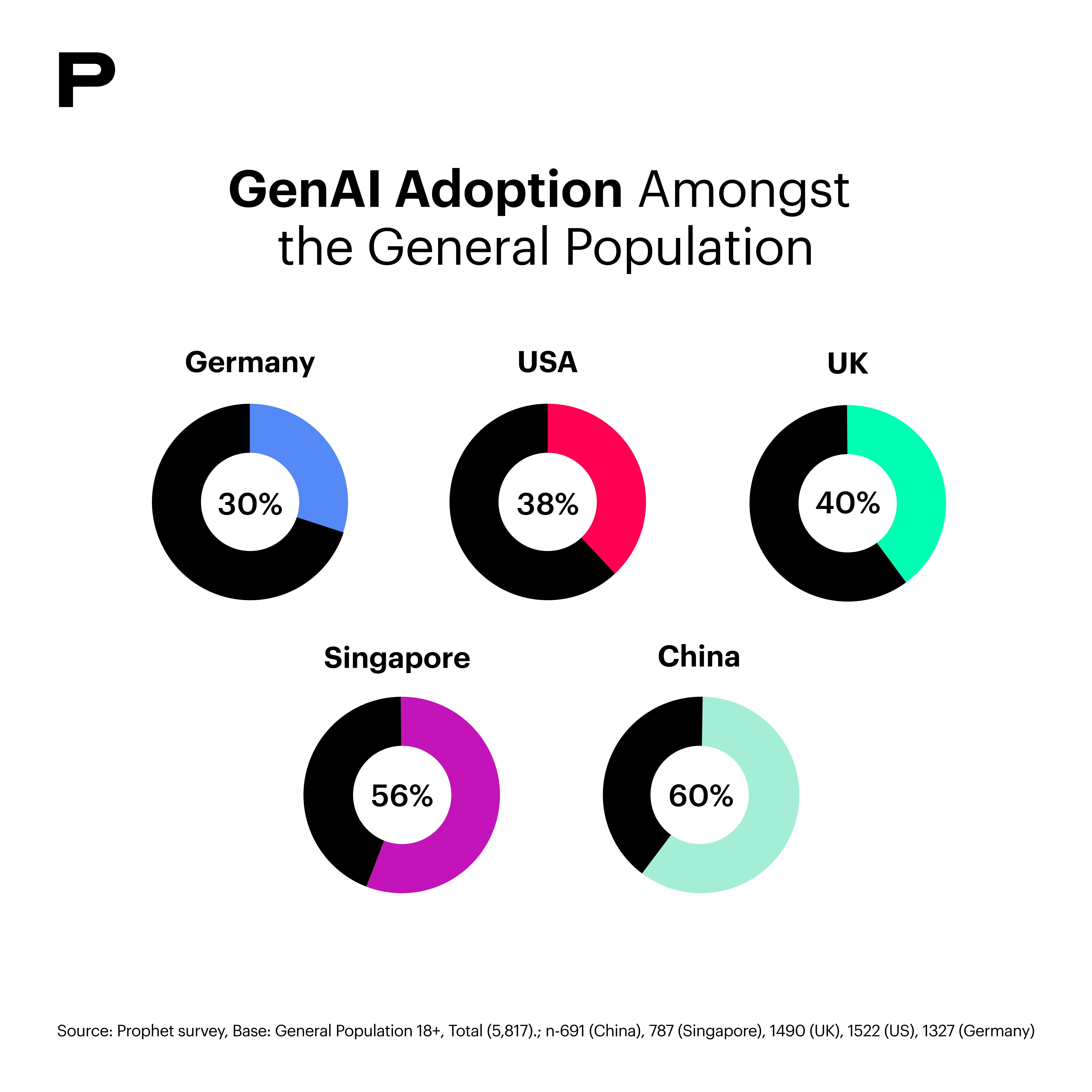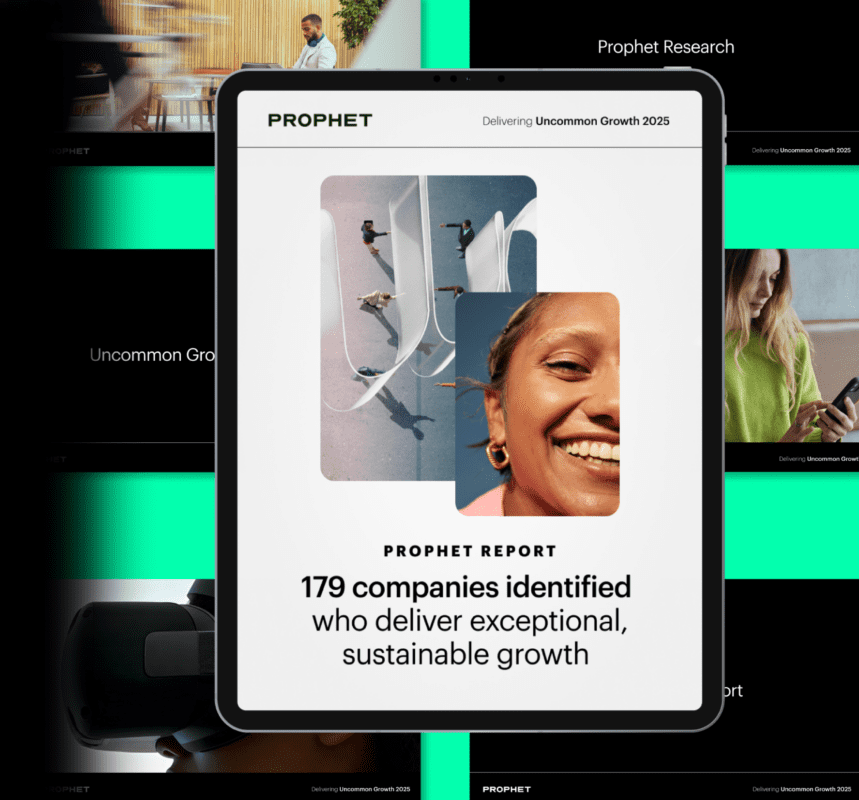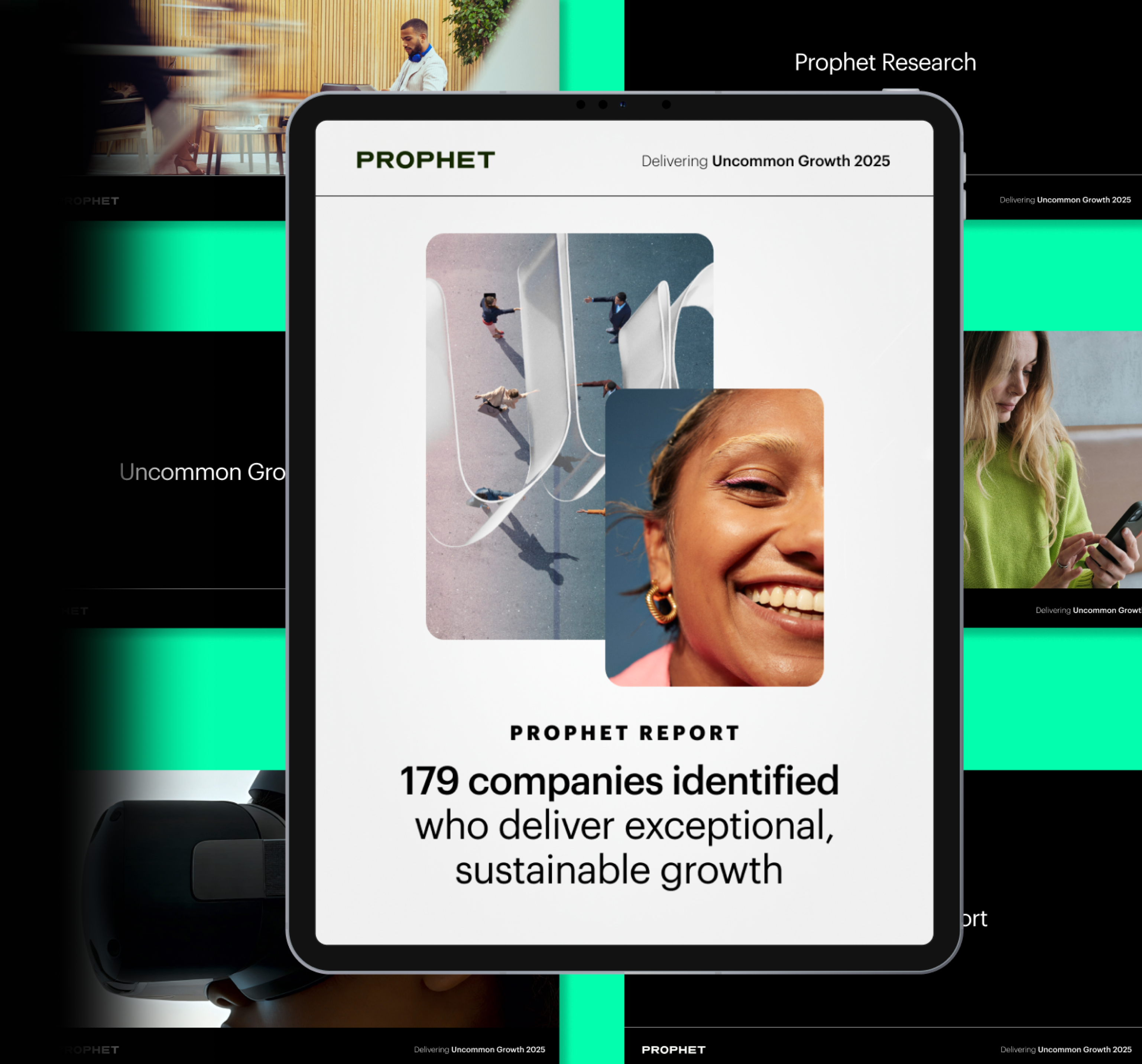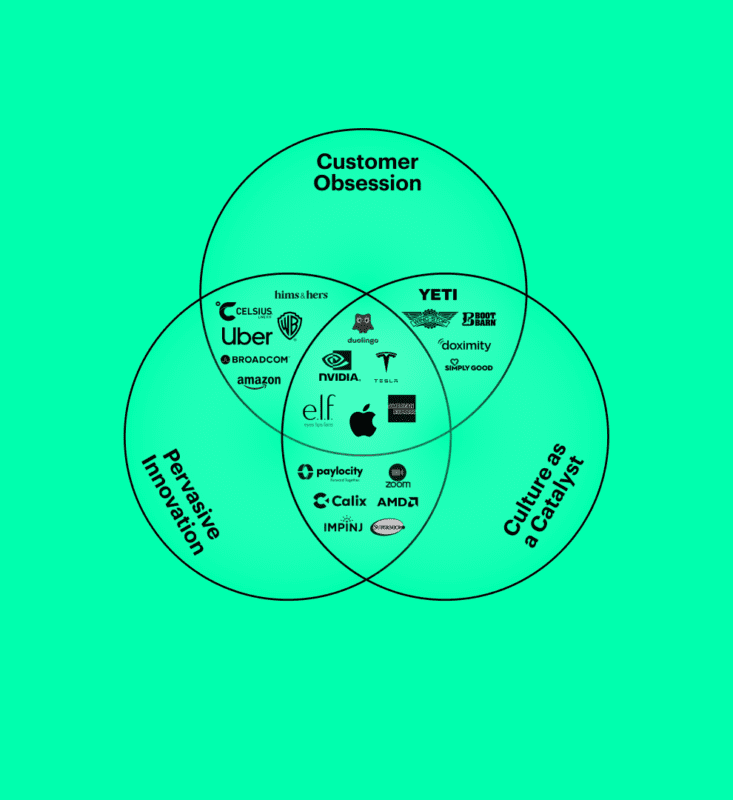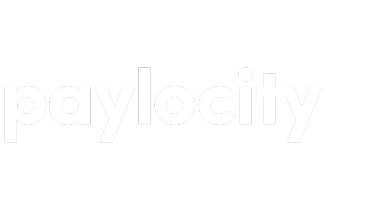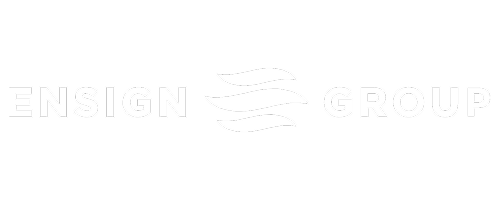Chin Yau Seng is the Chief Executive Officer of SIA Engineering Company (SIAEC). He joined SIAEC as Chief Executive Officer-Designate in June of 2023 before taking over as the Chief Executive Officer in October 2023.
In our conversation with Mr. Chin, we explored how the company is future-proofing its business through strategic capability building. As the aviation industry continues to evolve, SIAEC is expanding its technical capabilities, investing in workforce development and fostering a culture of continuous improvement. By aligning internal culture with long-term growth ambitions and embracing innovation, SIAEC is positioning itself to stay resilient, relevant and competitive in a fast-changing global landscape.
How would you define growth in your organization?
Mr. Chin: As an MRO, we provide airlines with maintenance, repair and overhaul services. To succeed, our business must adapt to the evolving commercial aviation space across the globe and, especially over the past few years, be nimble enough to navigate emerging supply chain issues. For us at SIAEC, growth means expanding our capabilities to stay relevant and scaling up to remain competitive. In pursuing growth, we not only invest in technical capabilities and infrastructure but also aim to add value to our ventures through our “software”—that is, our people, our processes and our uncompromising focus on quality and safety.
Aircraft and engine technologies will continue to evolve, driven by high fuel prices and sustainability considerations among other factors. By constantly looking for opportunities to expand our capabilities vis-à-vis new generation platforms (i.e. new generation aircraft and engines, as well as their components), we are able to create new growth opportunities for our business and in the process, help to future-proof it. At the same time, we do not ignore opportunities to grow the business volume associated with older platforms, as aircraft and engine types typically have long lifetimes.
Investing in our people and ensuring that they have the skills and tools to effectively leverage new technologies, including AI, are also essential to achieving sustainable growth.
Could you tell me more about investing in people and why it’s important?
Mr. Chin: Some companies would think about growth mainly in terms of expansion of the customer base, revenue and income streams. While those are fundamental components, we should also not ignore the need to grow our capabilities and develop our people. How our people see their roles, and how they approach work and business in general, are critical factors in determining the health of the organization and success of the business.
Besides supporting and encouraging them to embrace digital solutions to derive deeper insights from data, it is also important that we nurture a culture of learning, collaboration and innovation, and even entrepreneurship, and allow it to flourish within the organization.
In one of our initiatives, we are partnering with Prophet to develop and implement a Continuous Improvement (CI) Culture program to energize and unite our employees towards our shared CI goals, as well as to unlock their full potential, imbue a “test and learn” mindset, and bring the right CI behaviors, habits and actions to life at SIAEC. In our business, if we do not invest in our people, we will be left behind.
Navigating through complexity, how do you address disruption?
Mr. Chin: With the demand for our services broadly linked to the performance of the aviation sector, we are already naturally exposed to economic and geopolitical risks, among other things. Many of these macro risks are beyond our control, but we should not be caught unprepared when faced with disruptions. We must look at what we can control and assess how we can apply levers to make us more resilient in the face of the various risks.
For instance, the COVID-19 pandemic exposed vulnerabilities in supply chains, prompting us to be more agile and adaptable. Post-pandemic, the supply chains for various aircraft components have also been disrupted, and if we do not adapt well to such disruptions, the business impact can be significant. For example, without agile planning and supply chain management, the absence of certain aircraft parts, that are used during the maintenance visit of an aircraft, can significantly lengthen the aircraft’s stay in the hangar, resulting in opportunity cost, sub-optimal manpower deployment and customer dissatisfaction. To further improve our control over such situations, we are now in the midst of rolling out a new Enterprise Operating System (EOS) that enhances flexibility, data leverage and process efficiency.
We are also diversifying geographically beyond the Singapore shores and expanding our portfolio of capabilities to reduce over-dependence on specific aircraft or engine platforms.
On the people front, we are promoting collaboration and a “test and learn” mindset, where we encourage and empower our staff to take initiative, find effective solutions or improvements in their daily work, and continuously look for opportunities to learn and grow. This is part of our effort to build an agile workforce that can adapt to new challenges and seek opportunities for our business amid changes in the landscape.
Other than external disruptions, how do you adapt your growth strategy to increasingly demanding customers?
Mr. Chin: Despite global headwinds, aviation remains on an upward trajectory. A growing middle class continues to fuel travel demand, making Line Maintenance1 a key growth area. Beyond Southeast Asia, we see long-term growth potential for line maintenance services in markets such as China and India, and even mature aviation markets like the U.S. and Japan due to a high concentration of aircraft flights.
We are actively diversifying our investments geographically to expand our business scope and customer base. In our Base Maintenance2 business, for example, we are working on operationalizing two large aircraft hangars in Malaysia and are actively growing our customer base at our hangars in Clark in the Philippines.
As previously mentioned, we are also growing new capabilities vis-à-vis new generation platforms. For us, embracing new technologies and innovations is a no-regrets move that serves the needs of both our customers and ourselves. Another avenue of growth we are pursuing is inorganic growth through acquisitions and forming greenfield Joint Ventures (JVs) with Original Equipment Manufacturers (OEMs), along with other partners, to introduce new capabilities and/or MRO capacity, allowing us to better meet evolving customer requirements and maintain a competitive edge.
We are expanding engine MRO capacity and capabilities through our JVs with Rolls-Royce and Pratt & Whitney while cross-selling to deepen customer relationships and broaden our network. This drives both breadth and depth in our service offerings, helping us to continue to offer value and remain relevant to our customers.
Across these growth levers, how do you see AI as part of your strategy today at SIAEC? Do you foresee a progression in AI usage and adoption?
Mr. Chin: AI is an evolving space for us, particularly Generative AI. It’s a natural next step in enhancing operational efficiency and customer experience. But success requires structure. We need a disciplined approach to AI integration and an upskilled workforce that is ready to adapt. Ultimately, it’s about evolving our capabilities and tailoring them to meet business challenges and serve our customers better.
Chin Yau Seng is the Chief Executive Officer of SIA Engineering Company (SIAEC). He joined SIAEC as Chief Executive Officer-Designate in June of 2023 before taking over as the Chief Executive Officer in October 2023.
Prior to his current role, Mr. Chin was Senior Vice President Cargo, Singapore Airlines (SIA), following the re-integration of SIA Cargo (then a wholly-owned subsidiary of SIA) as a Division within SIA. Previously he was the President of SIA Cargo.
He has also held positions as the Chief Executive SilkAir and Tiger Airways Holdings. Prior to his move to SIA Cargo, he held the position of Senior Vice President Sales & Marketing in SIA.
Mr. Chin has a Bachelor of Science (Economics) in Accounting & Finance and a Master of Science (Distinction) in Operational Research, both from the London School of Economics & Political Science, University of London, UK.
He has also held positions as the Chief Executive SilkAir and Tiger Airways Holdings. Prior to his move to SIA Cargo, he held the position of Senior Vice President Sales & Marketing in SIA.
Mr. Chin has a Bachelor of Science (Economics) in Accounting & Finance and a Master of Science (Distinction) in Operational Research, both from the London School of Economics & Political Science, University of London, UK.
Glossary
1 Line Maintenance’s work primarily involves regular inspections, repairs, and maintenance of aircraft, including aircraft washing and cabin cleaning while they are on the ground and between flights, as well as technical ramp handling including pushback, towing, and ground support equipment. SIAEC Line Maintenance has a global footprint of over 30 airports, including Singapore.
2 Base Maintenance’s work refers to the comprehensive maintenance work carried out on aircraft which requires more extensive repairs and overhauls than those performed by Line Maintenance. This includes detailed inspections, repairs, modifications, and refurbishment of aircraft structures and components. This occurs at SIAEC’s maintenance hangars – 6 hangars in Singapore, 3 in Philippines, and 2 to be completed in Malaysia.
